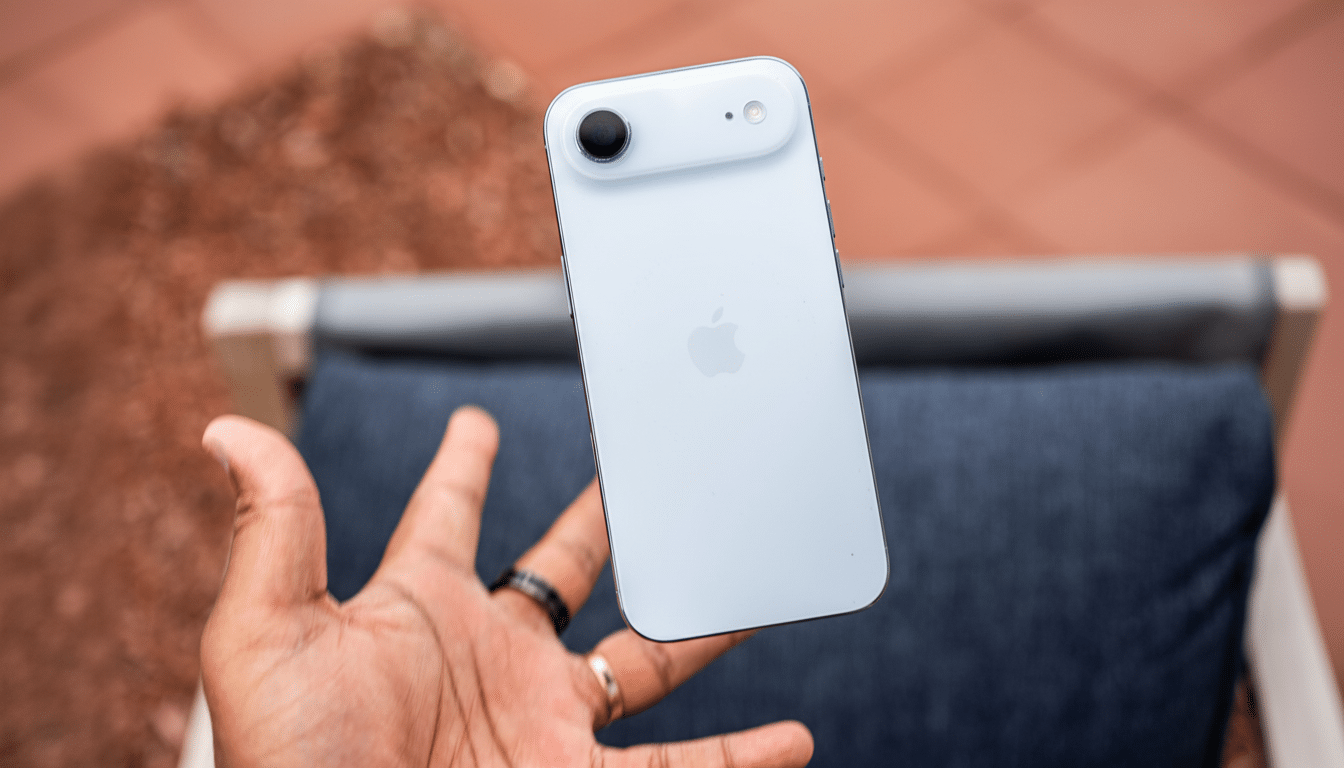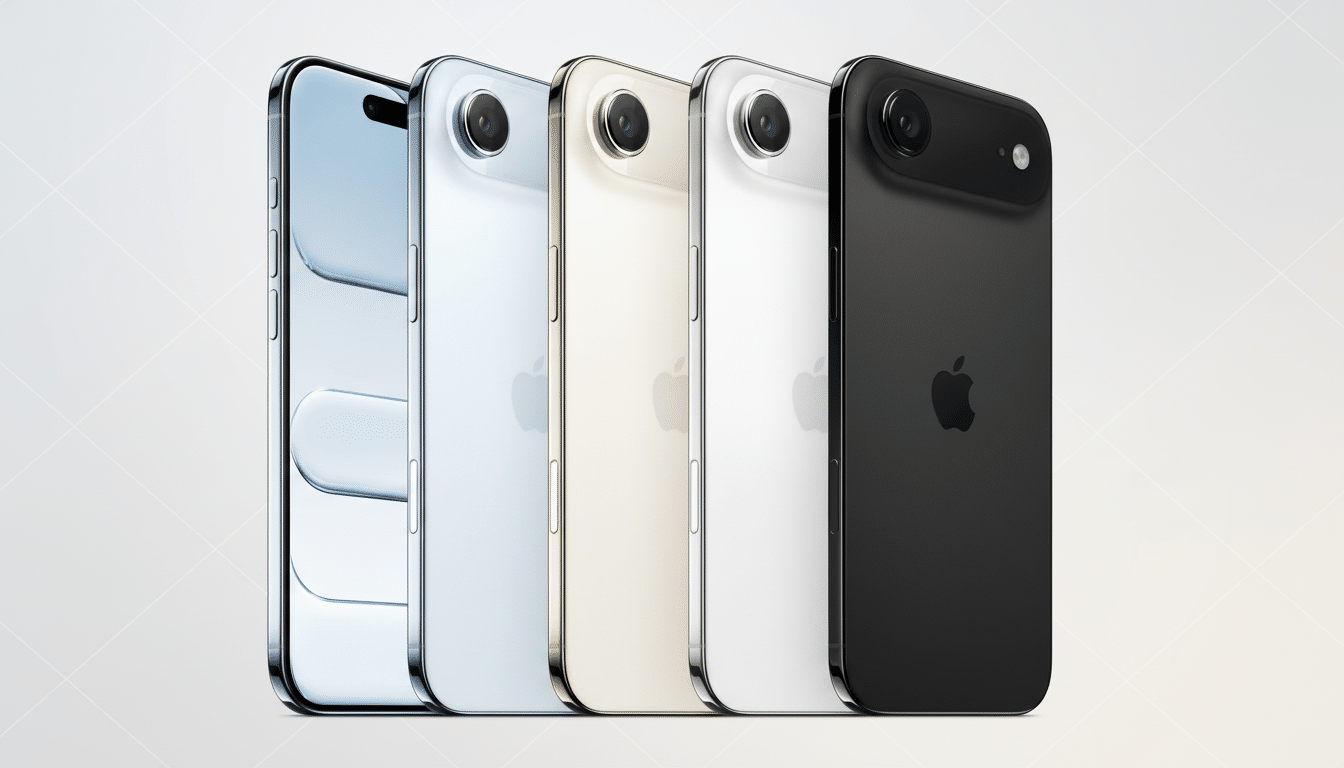Motorola has introduced the Moto X70 Air in China, an ultra-thin phone made to punch on par with two of this year’s marquee skinny flagships: Apple’s iPhone Air and Samsung’s Galaxy S25 Edge. Motorola’s device, at 5.99mm and 159 grams, is a whisper thicker than those rivals but aims for a different bragging right — battery life — all while doing so without increasing girth.
The company is reserving early availability for China at this point, with a sister model that will likely introduce an international version of the device. Whether the US will get a version is an open question, but the intent is clear: take back some of the “thin-phone-leading” territory with smarter trade-offs than those used in your average ultra-thin phone up until now.
- Ultra-thin design without the usual battery penalty
- Display and performance in a slim, lightweight body
- Fast charging and thermal pragmatism in a thin phone
- Camera choices optimized for ultra-slender devices
- Software Commitment Is Still a Wild Card
- Availability timelines and Motorola’s broader market strategy
- How It Stacks Up Against iPhone Air and S25 Edge

Ultra-thin design without the usual battery penalty
And inside Motorola’s compact frame sits a 4,800mAh cell – that’s way more than the rumoured 3,900mAh of the Galaxy S25 Edge or even the iPhone Air’s 3,149mAh.
On paper, it’s a meaningful gap in the service of real-world longevity, which tends to suffer when thickness drops below 6mm.
Aggressive packaging practices and high-energy-density cell designs are now prevalent in premium tiers, preventing brands from being labeled as “thin yet fleeting” following previous ultra-thin efforts.
Battery experts have incrementally enhanced stacked cell construction and thermal layering to make capacities like this more plausible in svelte bodies.
Display and performance in a slim, lightweight body
On the X70 Air is a 6.7-inch OLED at 2712 x 1220 resolution, running at a refresh rate of 120Hz. That resolution sits higher than “standard” Full HD+ and lower than 1440p, a sweet spot which could keep the display looking crisp while not drawing too much power – handy when you want to squeeze every last milliamp out of your battery.
Under the hood, Motorola has packed Qualcomm’s Snapdragon 7 Gen 4 alongside 12GB of RAM and either 256GB or 512GB of storage. The choice of midrange 7-series silicon seems to be intentional: thinner handsets can’t accommodate large vapor chambers, meaning a more efficient SoC could help curb heat and keep gaming and camera action going without throttling through long play sessions.
Fast charging and thermal pragmatism in a thin phone
Motorola has you covered with 68W wired charging to balance out the huge juice box.
So while peak wattage gets the glory, the real trick is thermal management — particularly in a chassis that’s so wafer thin. Vendors in recent generations have tuned their charging curves to land strong “0–50%” times sharply, then taper gently to protect the cell, and the X70 Air will likely play that game as well.
Industry test labs have demonstrated that some phones with compact batteries can see temperatures surge with high-power charging, so we’ll expect Motorola to favour steady, repeatable top-ups over flashy numbers. That’s increasingly what buyers want: consistent speed without causing batteries to degrade more quickly.

Camera choices optimized for ultra-slender devices
The phone comes with a 50MP selfie camera and two 50MP rear sensors. Rather than chasing a bulky periscope-style zoom — which calls for more depth — Motorola’s implementation probably targets a main wide and an ultrawide or short telephoto. It’s a prudent design decision; camera modules and lens stacks are some of the hardest parts to shrink down without a hit to quality.
Historically, ultra-slim phones such as Oppo’s R5 and vivo’s X5Max sacrificed camera performance to achieve record-breaking profiles. The X70 Air’s method hints at what we’re going to see more of: There are only so many purely optical tricks you can use to enhance sensor sensitivity and spatial resolution, the rest is up to the image pipeline (which is essentially software), which means this device’s trend will be continued advancement on metalenses and ever-more advanced computational photography.
Software Commitment Is Still a Wild Card
Motorola will pre-load Android 16 onto the device, although it has yet to say if or when it would see a follow-up OS. This is more important than ever: Leading Android manufacturers now pledge up to seven years of updates for some models, and phone shoppers have started taking long-term software support into account when making a purchase. Ever the analysts, and repairability advocates as well, they’ve insisted that durability — both in terms of life-spanning software and durable hardware longevity — defines what “it” actually adds up to be.
Motorola has upped its customer satisfaction in recent cycles, but it has lagged in the longest terms. A firm commitment here would bolster the case of the X70 Air compared to competitors which boast a similar extended support on paper.
Availability timelines and Motorola’s broader market strategy
Motorola is hinting at international plans, and a related model is expected to come to the UK, likely continuing use of the Edge name.
The US is uncertain. Outside of marketing emphasis, radio and certification demands make ultra-thin design challenging – with mmWave 5G modules, more antennas, and larger cooling solutions for North American network support, tending to thicken and/or cost up even the leanest models.
Instead, launching first in China allows Motorola to test the design among its home-region audience where interest is perennially high in thin-and-light devices, according to market research firms that track premium Android sales. If demand remains and radio versions pencil out, bigger releases usually follow.
How It Stacks Up Against iPhone Air and S25 Edge
Apple’s iPhone Air and Samsung’s Galaxy S25 Edge are shameless attention thieves with their skinnier frames — 5.6mm, 5.8mm (a sleeve for your Camay, perhaps?). The Motorola riposte is endurance and practicality: a bigger battery, fast charging and components selected for cool running in a small package. For plenty of buyers — especially those who are out and about all day — that trade-off is going to be more profound than shaving tenths of a millimeter.
If Motorola pairs this hardware with a solid software pledge and competitive pricing, the X70 Air might bring back excitement for ultra-thin phones without all that old compromise. That alone would be a welcome departure in a category that’s long pursued the scale at the expense of leaving the charger in the bag.

